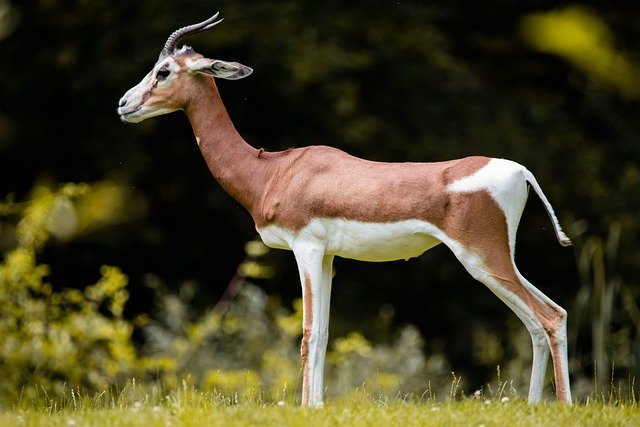African Antelope: Exploring the Uniqueness and Existence of This Exotic Animal

African Antelope: Exploring the Uniqueness and Existence of This Exotic Animal **
African antelope
also known as
gazelle,
is one of the animals that attracts the attention of animal lovers and researchers around the world. This animal, which belongs to the
Bovidae
family, is known for its beauty and unique adaptation to the African environment.
Description and Appearance
African antelope, or in scientific terms Antelope,
is a group of animals consisting of various species with varying appearances and sizes. Common characteristics of the African antelope are a slender body, long legs, and horns that often have unique shapes depending on the species. Their fur color varies from reddish brown to golden yellow, often with patterns that help them camouflage in their environment.
Habitat and Distribution
African antelopes can be found in a variety of habitats across the African continent, from savanna grasslands to scrub forests. They tend to live in groups called herds, which helps them protect themselves from predators. Some species, such as the impala and Thompson's antelope, have wide distribution areas, while other species may be more focused in certain areas.
Behavior and Diet
As herbivores, African antelopes primarily eat grass, leaves, and other vegetative material. They are often seen grazing in open grasslands or forests, and their diet can vary depending on food availability in a particular season. African antelopes are also known to have complex social behavior; they often form groups that are clearly structured and have a system of social hierarchy.
Reproduction and Life Cycle
The mating season for African antelopes usually occurs at certain times of the year, depending on the species and habitat. After the mating period, the female will give birth to young after a variable gestation period, generally around 6 months. Young deer are born weak and require intensive care from their mother until they are big enough to start eating solid food and join the herd.
Conservation and Threats
Although African antelopes are an important part of the African ecosystem, they face various threats that affect their populations. Poaching, habitat loss and climate change are some of the main factors threatening their survival. Conservation efforts, including habitat protection and hunting restrictions, are critical to maintaining the balance of the ecosystem and the existence of this species.
Conclusion
The African antelope is a fascinating animal with adaptations and diversity that reflect the uniqueness of the African continent. Through better understanding of this species and consistent conservation efforts.
Thank you, friend!


I'm @steem.history, who is steem witness.
Thank you for witnessvoting for me.
please click it!
(Go to https://steemit.com/~witnesses and type fbslo at the bottom of the page)
The weight is reduced because of the lack of Voting Power. If you vote for me as a witness, you can get my little vote.
Upvoted. Thank You for sending some of your rewards to @null. It will make Steem stronger.